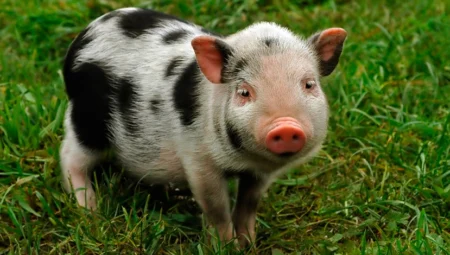Sterilization, a critical aspect of responsible pet ownership, holds immense importance in the welfare of both cats and dogs. This surgical procedure, commonly known as spaying (for females) and neutering (for males), involves the removal of reproductive organs to prevent breeding and control population growth. Beyond population control, sterilization offers numerous health and behavioral benefits to pets. For females, it reduces the risk of uterine infections and mammary tumors, while in males, it can prevent testicular cancer and lower the likelihood of certain behavioral issues like roaming or aggression. This procedure not only contributes to reducing the number of homeless animals but also enhances the quality and longevity of a pet’s life. Understanding the significance of sterilization, its health advantages, and its role in curbing overpopulation underscores its necessity in responsible pet care.
When to sterilize cats and dogs?
The timing for sterilizing cats and dogs can vary based on several factors, including the species, breed, and the recommendations of veterinarians. However, in general:
Cats: The ideal time for spaying or neutering cats is typically around 5 to 6 months of age. Some veterinarians might recommend the procedure as early as 8 weeks old, especially for shelters and rescue organizations, to prevent unplanned litters and promote population control.
Dogs: For dogs, the timing for spaying or neutering can vary depending on their size and breed. Smaller breeds may reach reproductive maturity earlier than larger breeds. Many veterinarians suggest spaying or neutering larger breed dogs around 6 to 9 months of age to allow for proper growth and development. Smaller breeds may be sterilized as early as 6 months old.
However, recent research has indicated that the timing of spaying/neutering can have an impact on certain health aspects in dogs, such as orthopedic issues or the risk of certain cancers. It’s advisable to consult with a veterinarian to determine the best timing for your individual pet based on their specific health, breed, and lifestyle.
Additionally, for shelters or rescue organizations, early-age spaying and neutering (before adoption) are often practiced to prevent further breeding and control the pet population.
Overall, discussions with a qualified veterinarian regarding the appropriate timing for spaying or neutering your cat or dog can help make an informed decision that considers your pet’s health, breed, and specific circumstances.
What are the benefits of spaying and neutering pets?
Spaying and neutering, surgical procedures performed to sterilize pets, offer numerous health, behavioral, and societal benefits:
Health Benefits:
- Prevention of Reproductive Health Issues: Spaying female pets reduces the risk of uterine infections (such as pyometra) and mammary tumors, which can be malignant in dogs and cats. Neutering males helps prevent testicular cancer and reduces the risk of prostate problems.
- Decreased Risk of Certain Diseases: Sterilization can lower the risk of certain diseases and conditions related to reproductive organs, providing overall better health and longevity for pets.
Behavioral Benefits:
- Reduced Roaming and Aggression: Neutered males are less likely to exhibit behaviors like roaming, aggression, and marking territory with urine, reducing the chance of fights or injuries.
- Diminished Heat-Related Behavior: Spaying eliminates heat cycles in females, which can be stressful for both pets and their owners. It also helps prevent unwanted behaviors like yowling and attracting male animals.
Societal Benefits:
- Control of Pet Overpopulation: Spaying and neutering contribute significantly to controlling pet overpopulation. It helps decrease the number of homeless animals, reducing the burden on animal shelters and preventing euthanasia of healthy pets due to overcrowding.
- Community Welfare: Fewer stray or feral animals resulting from uncontrolled breeding help maintain community safety and cleanliness.
By opting for spaying or neutering, pet owners not only contribute to their pet’s health and well-being but also play a vital role in mitigating the challenges associated with pet overpopulation, ultimately benefiting the broader community and animal welfare as a whole.






